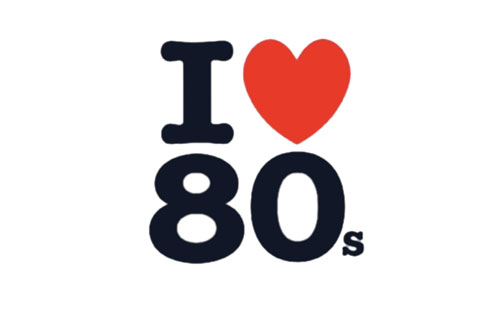Does Your Quality Management System Still Rely on Tools from the 1980s?
If 20th-century programs such as Microsoft Word and Excel still form the backbone of your QMS, it might be time for a change.
May 14, 2014

By Steve Chalgren
For medical device manufacturers, it’s a top priority to ensure they provide high-quality products free of defects. But a surprising number of device makers are using tools built in the 1980s and even far earlier as the backbone of their quality management systems (QMS). These outdated tools—namely Microsoft Word and Excel, or, even worse, hard copy paper forms—are quite frankly not up to the job.
Be sure to attend the conference session on simplifying risk and quality control and developments in sterility assurance at MD&M East in New York City June 9–12, 2014. |
Don’t misunderstand. Microsoft Office and its cloud-based cousins such as Google Docs are excellent for writing white papers, creating charts, and performing dozens of other everyday business tasks. But in the 21st century, there are more appropriate QMS solutions on the market, solutions that can connect to anyone, anywhere, from the cloud and that support 21 CFR 11 electronic record requirements, for example. No longer should the QMS, which contains critical product records, be stored in a combination of Office files on the corporate server or even paper files stored in a locked filing cabinet.
A quarter century ago, tools like Office and paper forms were perfectly suited to the way things were done. Back then, engineering change orders (ECO) and corrective and preventive actions (CAPAs) required lengthy, in-person meetings, at the end of which the group signed-off with a pen (black ink preferred). Someone from document control would stamp each page, initial, and, if needed, manually type the new item into the material requirements planning (MRP) system. Finally, the master file would be placed into a file folder and delivered by cart with the daily load of file folders back to the “file room.” For too many organizations, however, this is still how the QMS functions.
We live in a very different world today. Compressed product lifecycles, stringent regulatory requirements, geographically dispersed project teams, cost pressures, and outsourced partnerships are straining the ability of historic document control processes to keep up. Records are highly relational and include various associated data and files. Modern product records (e.g. DHFs, DMRs, BOMs) are large, complex, and change frequently. Throughout the lifecycle of a product, numerous revisions of product information are created and communicated to multiple internal and external teams. Maintaining a system of spreadsheets and network file folders in a validated state is highly challenging.
Manual QMS processes can lead to a disorganized system that hurts rather than improves quality. Modern product records typically consist of a complex set of hundreds to thousands of structured items. Poring over thousands of rows and columns in a standalone spreadsheet to modify data naturally leads to the opportunity for errors, and every record must be checked because there is no basis to leverage previous work. A system of spreadsheets does not have integrated change management capability, which means changes are difficult to trace and store, appropriate compliance documentation is difficult to generate, and finding errors is a cumbersome, difficult task.
Of course, in the United States, without FDA approval a medical device company can’t sell it’s product. And to attain and maintain FDA approval, all product record changes must be both documented and traceable, with appropriate sign-off by responsible parties. Revisions must be clearly verified and validated according to accepted processes. Companies must ensure that engineering and operations teams, design partners, quality team members, outsourced manufacturers, and suppliers all have secure access to a single, unified version of product data. Standalone spreadsheets and documents just do not lend themselves to providing and sharing this single version of complete and traceable product information.
Adding to the complexity of the QMS is the fact that most companies have multiple products, with layers of interrelated data. In a manual spreadsheet environment, the associated data is updated and communicated separately for each product, yet has to be kept in sync. Quality issues that apply across product sets are difficult to see and communicate across the product teams.
Certainly, many medical product development and manufacturing teams understand first-hand the severe limitations of spreadsheets and paper files in meeting the QMS needs of today’s business environment. Demonstrating strong market growth in the past few years, collaborative, next-generation QMS solutions are effective tools that bring together the design, quality, and manufacturing worlds. Ideal for maintaining the device master record, design history file, and change process, these QMS solutions can successfully address challenges resulting from spreadsheet and document-based manual documentation management processes.
Be sure to attend the conference session on simplifying risk and quality control and developments in sterility assurance at MD&M East in New York City June 9–12, 2014. |

Steve Chalgren is vice president of product management and strategy at Arena Solutions.
[main image courtesy of Wladi87krasov (plik wÅ‚asnego źródÅ‚aOwn work) [GFDL (http://www.gnu.org/copyleft/fdl.html) or CC-BY-SA-3.0-2.5-2.0-1.0 (http://creativecommons.org/licenses/by-sa/3.0)], via Wikimedia Commons]
You May Also Like

.png?width=300&auto=webp&quality=80&disable=upscale)
